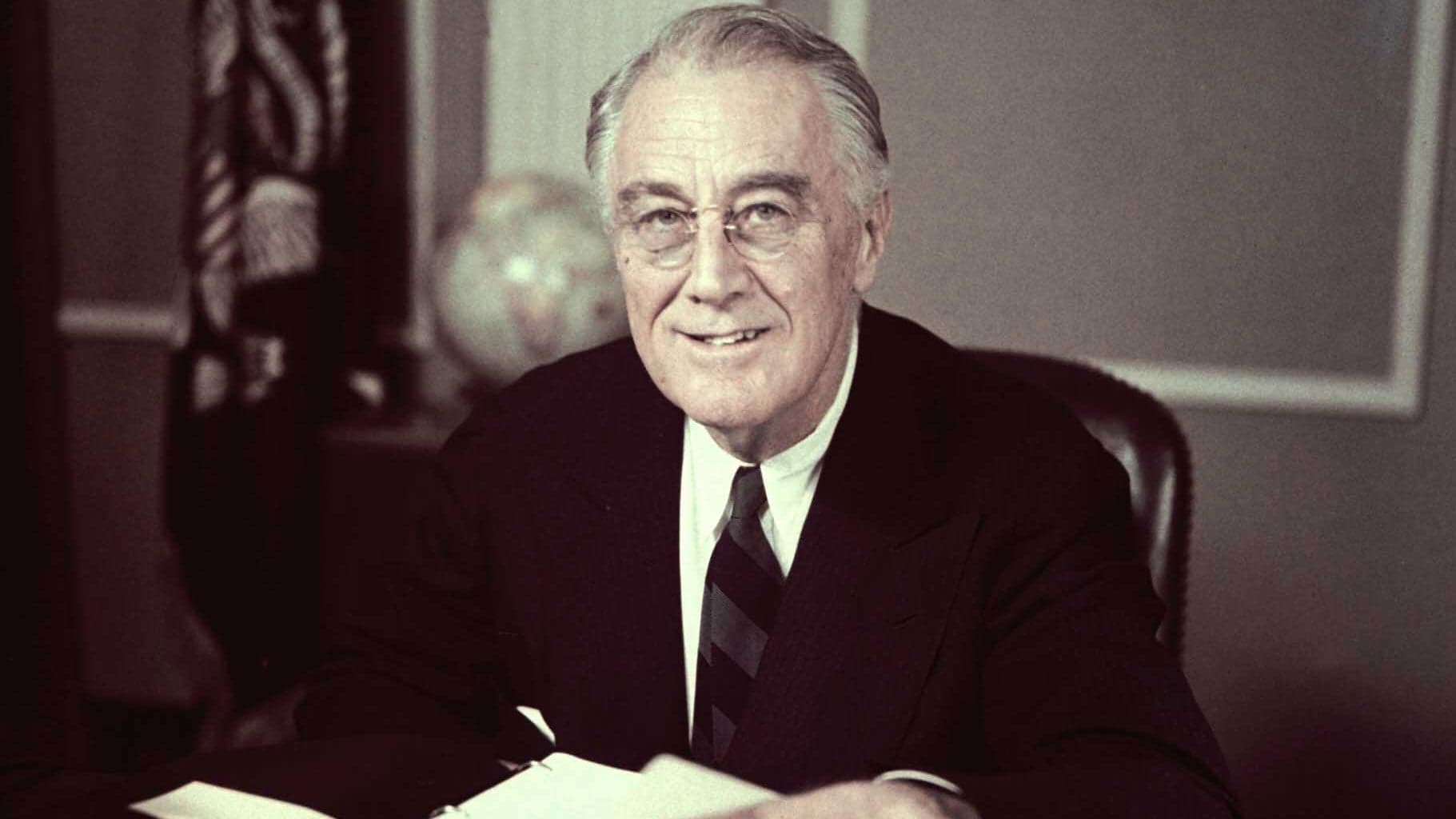On November 7, 1944, President Franklin Delano Roosevelt is elected to an unprecedented fourth term in office. FDR remains the only president to have served more than two terms.
Roosevelt rose above personal and political challenges to emerge as one of the nation’s most revered and influential presidents. In 1921, at the age of 39, he contracted polio and thereafter was burdened with leg braces; eventually, he was confined to a wheelchair. From the time he was first elected to the presidency in 1932 to mid-1945, when he died while in office, Roosevelt presided over two of the biggest crises in U.S. history: the Great Depression of the 1930s and World War II.
FDR implemented drastic and oft-criticized legislation to help boost America out of the Great Depression. Although he initially tried to avoid direct U.S. involvement in World War II, which began in 1939, the bombing of Pearl Harbor in December 1941 thrust American headlong into the conflict.
By the time Roosevelt was elected to his fourth term, the war had taken a turn in favor of the Allies, but FDR’s health was already on the decline. His arteriosclerosis (hardening of the arteries) had been worsened by the stress of serving as a war-time president. In April 1945, just over four months before the war finally ended in an Allied victory, FDR died of a stroke at his vacation home in Warm Springs, Georgia.
In 1947, with President Harry Truman, Roosevelt’s vice president, in office, Congress proposed a law that would limit presidents to two consecutive terms. Up to that time, presidents had either voluntarily followed George Washington’s example of serving a maximum of two terms, or were unsuccessful in winning a third. (In 1912, Theodore Roosevelt, who had completed William McKinley’s term before being elected in his own right, ran for reelection but lost.) In 1951, the 22nd Amendment to the Constitution was passed, officially limiting a president’s tenure in office to two terms of four years each.
